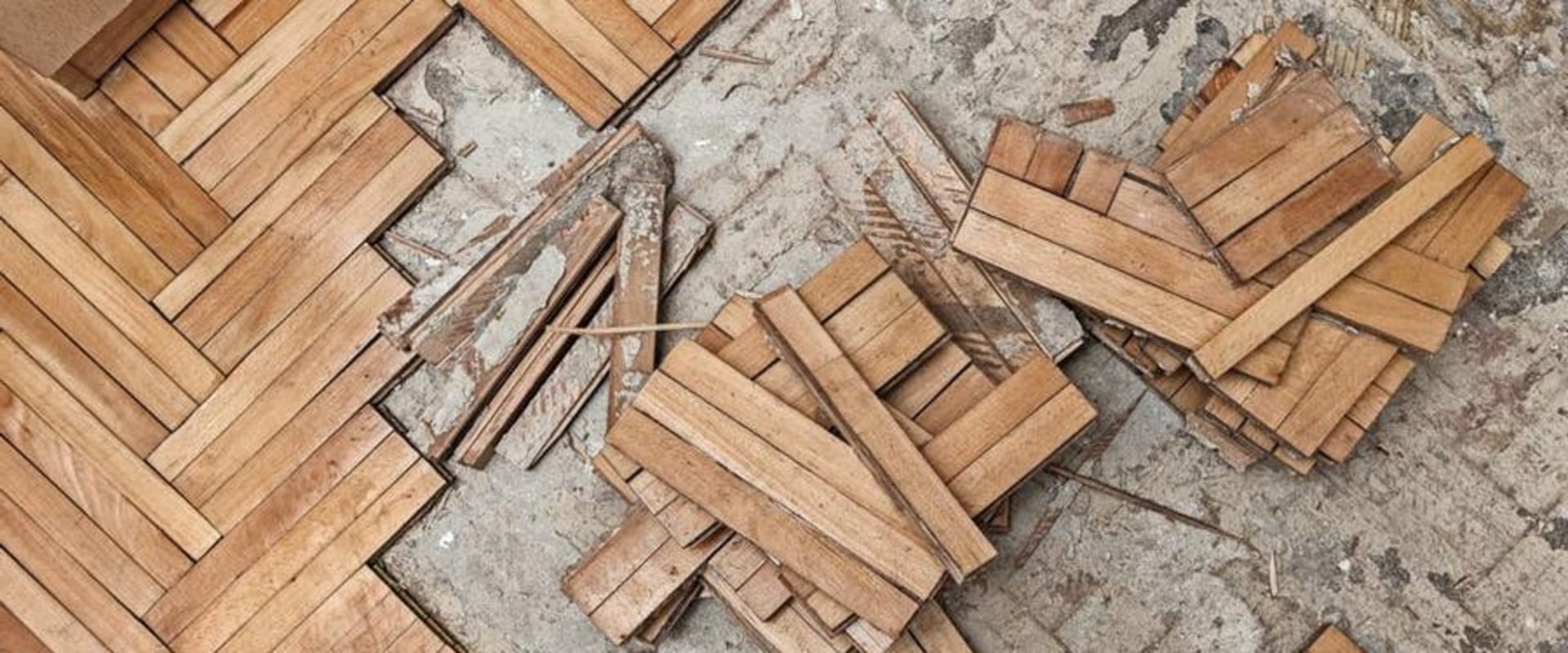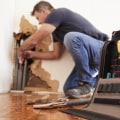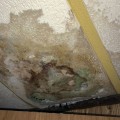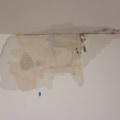The cost depends largely on the type of water, the extent of the damage, and the root cause. If Water Damage Restoration in Cedar Rapids IA was sudden, accidental, or unavoidable, homeowners insurance may cover the cost, but if the damage was caused by the landlord's negligence, any type of claim is likely to be rejected. Other measures to prevent water damage include installing a water detector and re-leveling the floor near your home. When Water Damage Restoration in Cedar Rapids IA affects almost every part of a room or several rooms, such as ceilings, walls, subfloors, and insulation, they are classified as class 3 problems. These are the main questions a homeowner should ask a water damage repair company before hiring them, during the cleaning process, and after the job is done.
Let the professionals take care of the restoration of water damage Get free, no-obligation project quotes from services near you. Hardwood grows a little better when it comes in contact with water, while tiles are sometimes impervious to water damage. For example, if the damage was due to a leak in a water heater or washing machine, the home warranty could cover the cost of replacing the appliance after the homeowner has paid a service fee. In many cases, homeowners insurance plans cover water damage caused by natural phenomena, sudden damage, or damage related to accessories that are still under warranty.
Outside, homeowners should inspect their yards for signs of leaks in buried water pipes and keep an eye on their water meters for signs of excessive water use. That's why water restoration companies often charge emergency fees to ensure they have the necessary personnel, equipment, and means to get to water restoration work as soon as possible. Water damage even appears on dark-colored ceilings, although instead of being brown, the stain can be orange, yellow or green. Anything that comes into contact with water, including upholstered furniture, beds, carpets, clothing and any porous building material, absorbs contaminants as sewage comes into contact with wastewater.
This is often the case in a flood situation, where water often damages several items and many of which must be discarded. The most common sources of clean water leaks are leaking faucets, leaking toilet tanks, burst pipes, faulty water heaters, broken sprinklers, and rain. Finally, Class 4 damage is the most serious and usually applies to restorations needed after extended periods of standing water, such as after a hurricane or river flood. When it comes to water damage, prevention is worth more than a cure, so homeowners must do everything in their power to stop water damage before it happens.



